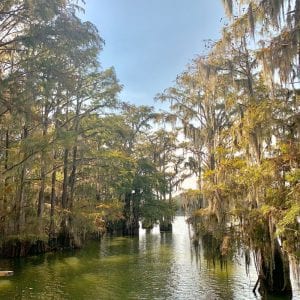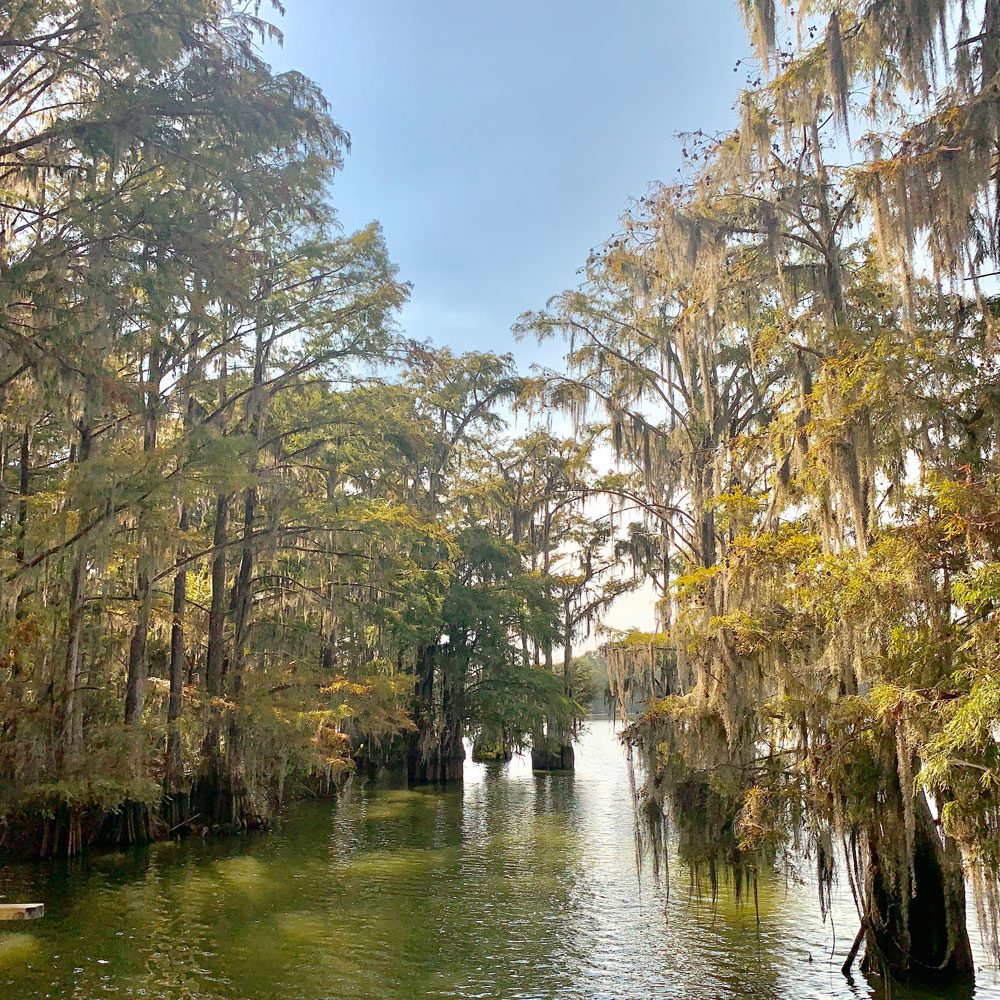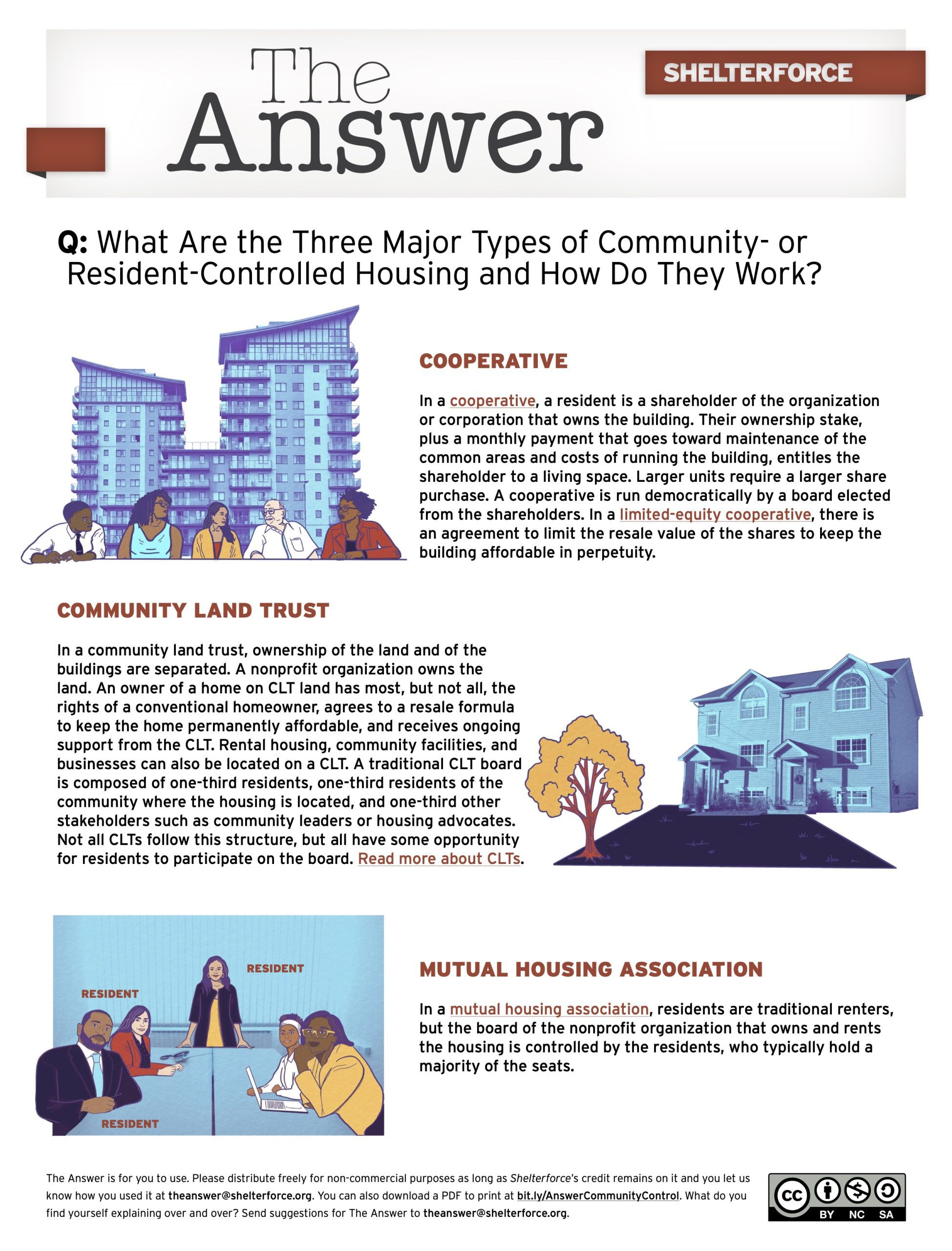
Resora. Photo credit: Steve Dubb
“Often to look forward, you have to look back.”
So began remarks made by Shirley Sherrod, a co-founder of the nation’s first community land trust, New Communities Inc., to hundreds of people who gathered under a giant air-conditioned tent at the Resora farm near Albany, Georgia, during the community land trust’s 50th anniversary celebration.
The gathering, designed to commemorate the founding of the nation’s first community land trust 50 years ago, was held earlier this month at the 1,638-acre farm (a little over two-and-a-half square miles of land) about seven miles from Albany, Georgia—a farm that New Communities acquired in 2011. The site also includes an 85-acre shallow lake with cypress trees springing up seemingly magically from its middle, pointing to the sky.
The farm was once a plantation owned by J.N. Battle. In addition to the mansion where the slaveowners lived, some of the former slave cabins are still standing. With temperatures on an early October day reaching an unseasonable 98 degrees and a heat index reading of 104, it was not hard to imagine the extreme conditions that enslaved people were compelled to labor in, day-in-day-out, during the hot Georgia summers.
Earlier this year, Sherrod wrote an article that told the story of New Communities—an organization that has had two lives. Its first life started when the original New Communities acquired 5,738 acres in Lee County, Georgia, becoming the nation’s first community land trust in 1969. At its height, over 500 Black families cultivated over a third of that land (1,800 acres), with the site including a farmers’ market and greenhouse. The farm also became known for its cured meats.
Ultimately, however, the Lee County property succumbed to foreclosure in 1985—a product of both bad fortune (an extended drought in southwestern Georgia) and continued hostility from banks, the U.S. Department of Agriculture (USDA), and local white-owned businesses, which made acquiring the credit needed to sustain the farm during bad weather impossible.
Speaking at the 50th anniversary gathering, Sherrod acknowledged that there were mistakes that New Communities itself had made, but added, “The racism, when I look back and think back, we could not have overcome those forces. When we bought supplies, you knew the fertilizer you paid for isn’t what you got. Every time you had to pull a sample. The other agencies that should have worked with you, wouldn’t even look at you.”
But New Communities wouldn’t be celebrating its 50th anniversary if it hadn’t persevered. In 1997, it joined a class action lawsuit against the USDA. In 2009, as part of the resulting Pigford settlement, New Communities was awarded $12 million. Of that $12 million, $5 million was used to acquire the present Resora site, located about a half-hour’s drive south from the original farm, with the remaining funds being invested in the improvement of the property.
The gathering in Georgia, as Miriam Axel-Lute wrote about recently in Shelterforce, had the feeling of a pilgrimage. Adding to the sense of pilgrimage, Grounded Solutions Network, the national community land trust association, rented four buses to shuttle nearly 200 network members from Atlanta—where it had a cosponsored a conference with the Center for Community Progress, a national nonprofit that supports public land banks and focuses on how to revitalize blighted urban land—to Albany, three hours to the south.
The buses were organized by topic area and on the ride there, became their own mobile workshop. The topic on the bus I chose focused on policy. Many years ago, Kenneth Reardon, who now directs urban planning and community development at the University of Massachusetts, Boston, recalled the educational benefits of the road trip from days when he used to take students on regular trips from the University of Illinois at Urbana-Champaign to East St. Louis (also a three-hour drive). As Reardon observed, “Distance is preferred from an educational standpoint . . .. We could use the time in the van. We could ask people to examine what kinds of colored glasses they were wearing as they were about to go into the community . . .. Some of the best discussions are in those mobile seminar rooms known as the ‘Econo Van.'”
The dynamics of a one-time conference bus trip, of course, differ greatly from a regular college seminar class—and yet the bus still provided a critical space for movement leaders to reflect on the past and imagine what the future of the community land trust movement might look like.
Discussions on the bus were organized into three rounds. Bus riders would first form two-member dyads with their seatmates, and then report back what they discussed to the larger group.
The first round—moderated by Lisa Byers, executive director of Opal Community Land Trust of the San Juan Islands region of Washington state—asked bus riders to consider both what was possible for the next 50 years, as well as identify some of the threats that the movement faced. Among the possibilities identified by bus riders were:
- Alter housing law to favor community ownership rather than individual ownership, as is the case with current tax subsidies, such as the mortgage interest deduction, which overwhelmingly favors wealthier Americans.
- Redesign university curriculum, so that the next generation of students that study fields as real estate and urban planning graduate already knowledgeable of community land trusts, how they are structured, and how they function.
- Reframe narratives about land to stress land ownership as a public good, not as an individual commodity.
- Change our culture and dialogue to think of housing as a human right, as the United Nations has declared.
- Establish access to the land as a human right.
- Prioritize funding for those who create permanent affordability.
- Re-conceptualize wealth as something that comes not from individual enrichment, but from building community.
At the same time, participants were not shy about identifying the many outstanding threats, including contemporary White House efforts to gut fair housing enforcement, the flipping mentality promoted by cable television, and the corporatization of land ownership—which, currently threatens to radically hike rents at much of the nation’s remaining affordable manufactured housing parks. Longer-term threats were also noted, such as the need to raise industry standards to build quality affordable housing, the need to build more resilient homes that can withstand climate change, and the need to preserve the “community” in “community land trust,” rather than sacrificing community for efficiency.
The following round, led by India Walton of the Fruit Belt Community Land Trust in Buffalo, New York, allowed participants to make “offers”—i.e., identify how they could provide assistance to peer community land trusts—as well as ask for support. In the discussion, a number of peer resources were identified, and it was suggested that Grounded Solutions Network develop a common database that could organize this information. Selina Mack of the North Carolina-based Durham Community Land Trustees then led a brief discussion of how to build organizational scale.
At Resora, Sherrod, in addition to recalling the history of New Communities, called for the building of new bridges between rural and urban communities in the future. “We’re rural. You’re all in the cities. All of the knowledge can’t be in the cities… We need to fix that urban and rural connection. We need to have this discussion about how we build our movements, so it is not just urban, but rural and urban together.”
One of the efforts to act on this impulse is reflected in a study released at the gathering, titled Paving the Road to Equity: A Report on Racial Disparities and Solutions in Southwest Georgia, issued by the Southwest Georgia Project. The report, funded by the W.K. Kellogg Foundation and authored by Dr. C. Nicole Mason of the Center for Research and Policy in the Public Interest, advocates for a regional food hub, which, Mason writes, would use a former Winn-Dixie grocery store site to act as a technical assistance center to hundreds of area farmers.
Mason spoke at the Resora farm and highlighted a number of the report’s findings, as well as emphasizing the overall vision of the Southwest Georgia Project—an educational nonprofit organization from which New Communities emerged and which Sherrod continues to direct—which centers on reducing food insecurity and promoting long-term economic security for local farmers.
The gathering was not without controversy. For example, a Wells Fargo banner hung prominently behind the speakers, highlighting the movement’s dependency on historically predatory funding sources, a fact that Gus Newport, who once directed the Dudley Street Neighborhood Initiative in Boston, one of the nation’s most prominent community land trusts, pointed out. Tony Pickett, who directs Grounded Solutions Network, responded, “We need financial partners just as much as we need organizing on the ground and technical expertise.” But the tensions about maintaining the “C” in CLT, as pointed out on the bus trip to Albany, once again stood out.
The keynote address, delivered under the big tent at Resora, was given by civil rights activist and former Atlanta Mayor and U.S. Ambassador Andrew Young Jr. Young, now 87, was once a confidant of Dr. Martin Luther King Jr. and was with King when he was killed in Memphis. Young said that Albany for him was a “graduate school for protest” and added that “everything I’ve been able to do is because of the spirit of the young people in Albany.”
The following day, as the buses returned to Atlanta, the energy from the gathering was evident, but it was also clear that uncertainty remains. Both the Resora gathering—and the linked conference in Atlanta—spoke to a critical transition facing community development today. In Atlanta, a plenary panel held the day before the buses headed to Resora, led by Don Chen, president of the Surdna Foundation, gathered a group of national community development leaders of color, including Pickett, Calvin Gladney of Smart Growth America, Marietta Rodriguez of NeighborWorks America, Lisa Rice of the National Fair Housing Alliance, and Akilah Watkins-Butler of the Center for Community Progress. Everyone, including Chen, had less than three years in their roles, reflecting how recent this shift in community development has been, a trend that may presage a broader nonprofit sector shift to leadership of color.
The increased support for community land ownership through land trusts and public land banks was widely welcomed, as was the shift in leadership to leaders of color. Yet panelists also recognized that progress may be fragile and that, to achieve long-term results, a long-term vision is required. Gladney stated this conundrum perhaps most clearly, speaking to the common philanthropic tendency to favor the flavor du jour: “I’m concerned with what I call ‘sliced bread making’—resilience, sustainability. What’s the new thing?” Gladney asked. “I’m concerned racial equity is just the latest new thing—we can’t just go to the next thing.”
A version of this article originally appeared on Nonprofit Quarterly.com.






Thank you, Steve, for this moving story. Makes me wish I could have been on the bus, listening to the ideas. Grateful for this glimpse into the history of New Communities, its repression and ultimate resurgence. Made me want to stand under the tent with others who envision a future when land is a community/public good again and housing is finally a right. I have just started volunteering with my local land trust, Proud Ground. We have so much work to do, together.